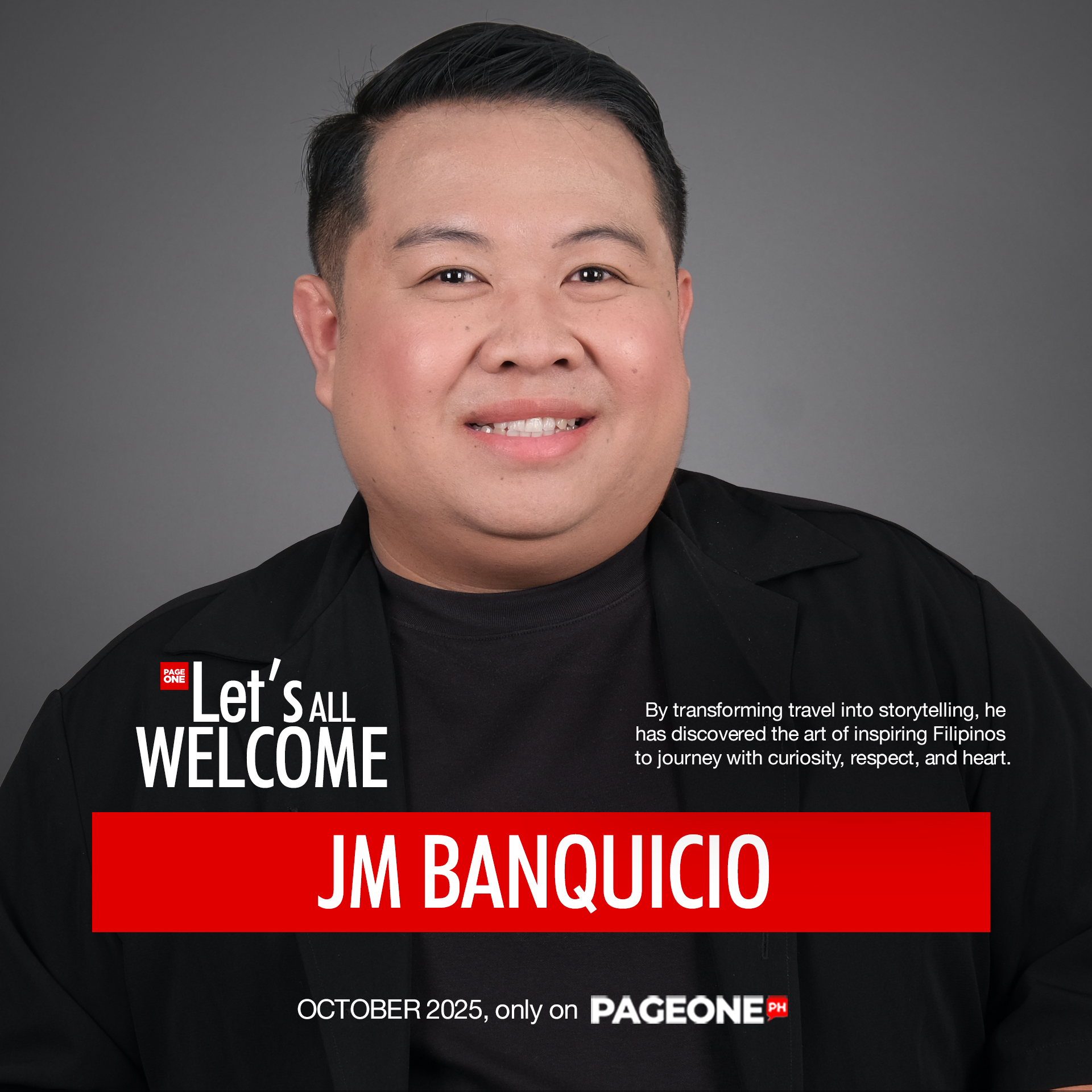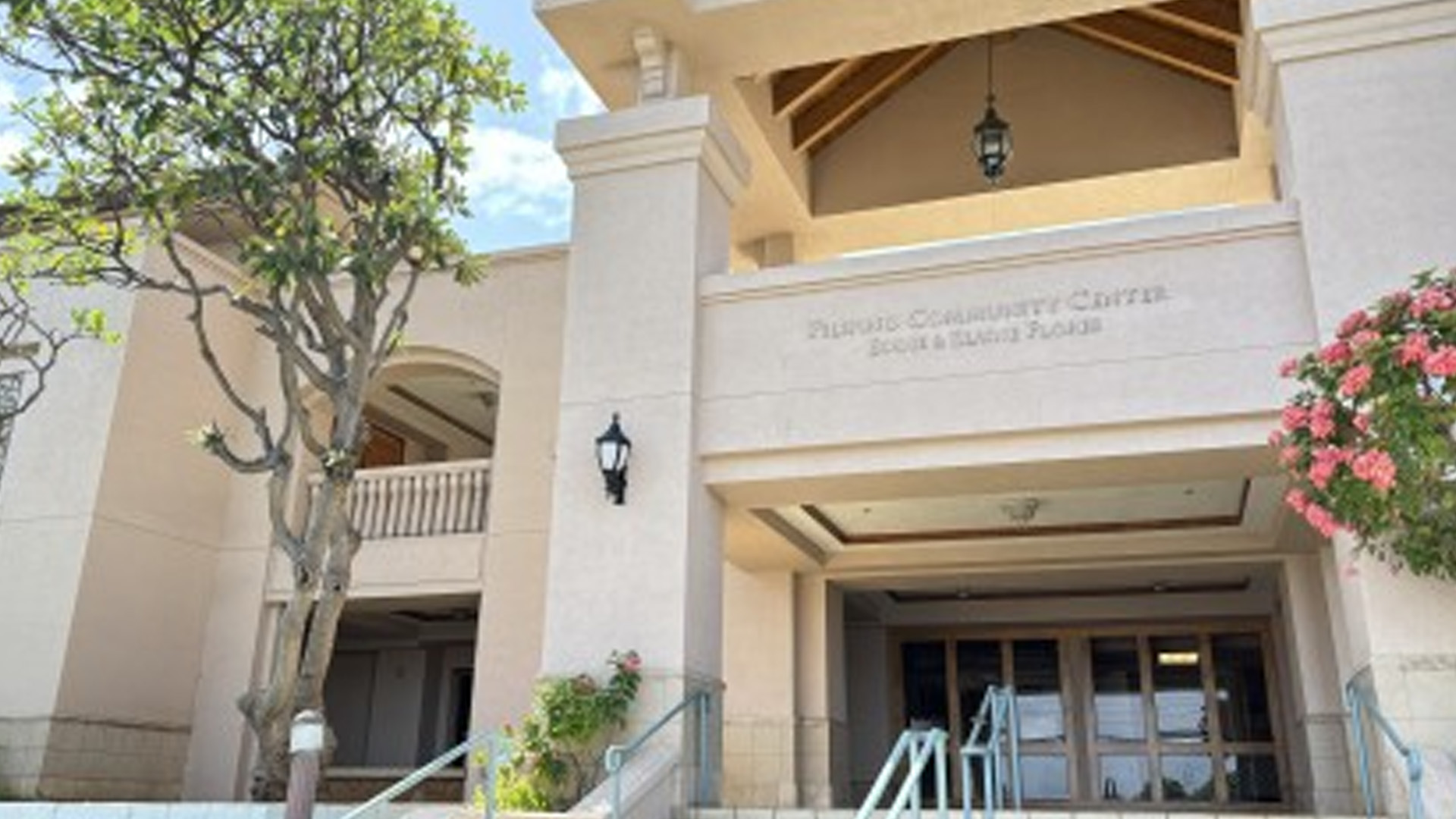Filipinos in Hawaii are hoping the improved Philippines-United States relations will translate into more economic engagements — a boon they expect to eventually trickle down to the families they continue to support back home.
“I think that the relationship between the Philippines and the US should improve economically. That should be the direction (so) that the Filipinos here would not have to support and be called heroes because they send money every month,” Dr. Eva Rose B. Washburn-Repollo, vice chairperson of the Filipino Community Center in Hawaii, said in an interview with visiting Filipino journalists on May 3 afternoon (Hawaii time).
Washburn-Repollo, who is also a professor at the Chaminade University School of Business and Communication in Honolulu, said the benefits of this revitalized partnership between the two states “remains to be seen,” at least for most Filipinos living in Hawaii.
“If that benefits us, that will be great because we are still really taking care of our families,” she said.
Hawaii, the 50th state of the US, is home to a diverse variety of races and ethnicities, with Asians, including Filipinos and the Japanese making up a large percentage of its 1.4 million population.
The first Filipino and Japanese nationals in Hawaii came to the islands around the same time in the 1880s to work as sugarcane and pineapple plantation workers.
The number of both nationals also grew almost simultaneously as waves of immigrants from the Philippines and Japan arrived in the islands.
Over the years, as Japan grew as an economic powerhouse in Asia, more Japanese immigrants successfully established themselves economically in Hawaii.
In the future, Washburn-Repollo hopes to see a similar phenomenon for the Philippines and the Filipino people. She said more exchanges between the two countries, specifically in the economic sphere are important.
“The Japanese here began to exchange economic ideas in the capital and they were all sacada (sugarcane plantation workers) here — the Japanese and Filipinos — but the Filipinos could not move out and become entrepreneurs,” she said.
There are also Filipino business owners in Hawaii, she clarified but said not all Filipino nationals have enough capacity or backing to do the same.
“If the Philippines becomes strong, definitely the immigrants will become strong,” she added.
Based on the latest data from the Philippine Consulate General in Honolulu, approximately 370,000 Filipino-Americans are living and working in Hawaii.
Of this number, about 15 percent are Filipino or dual citizens.
Consul General Emil Fernandez said the high cost of living and housing have been some of the most pressing issues the Filipino community in Hawaii faces today. But since a huge volume of them are already US citizens, most are already receiving government support from the US.
“In Hawaii in particular, one of the issues that has confronted not just Filipinos but others living in this state is the high cost of living, inflation continues to remain high, the prices of housing is among the highest in the country,” he told reporters.
“So, it’s mainly economic and dealing with the skyrocketing prices,” he added.
On the right track
In a recent roundtable at the Philippine Embassy in Washington, Ambassador Jose Manuel Romualdez said the Marcos administration is currently “on the right track” in strengthening the country economically.
“Investments are coming in because there is more confidence in the stability of the country,” he said.
“We’re on the right track as far as we’re concerned, we’re also on the right track in trying to modernize our economy by going into digital infrastructure,” he added.
With its continuous dealings with foreign partners, Romualdez said the Philippines is seen to attract more investments on top of the USD100 billion it expects in the next five years as a result of the trilateral leaders’ meeting with the US and Japan last April.
“I think it’s going to be much more than that at the rate things are going,” he said.
“The interest in the Philippines after the trilateral was even much more. Japan and the US are looking at investing on the technological side.”
In a separate briefing in New York, Trade Undersecretary Ceferino Rodolfo told reporters that the Philippines, despite global headwinds, has shown a “stable and strong” economic growth at 5.6 percent in 2023, one of the fastest in Asia and even outpaces China, Vietnam, and Malaysia.
He assured that government efforts are continuous to entice more investments into the country as Manila’s goal is “not just growth”.
“We are already one of the fastest growing countries in one of the fastest growing regions in the world. Our goal is to transform the economy in order to enter a virtuous cycle of sustained economic growth,” he said.
The Marcos administration, he added, is actively pushing for a free trade agreement with the US to put the Philippines first in line once Washington DC is ready to open its doors for the pact’s negotiations. (PNA)









